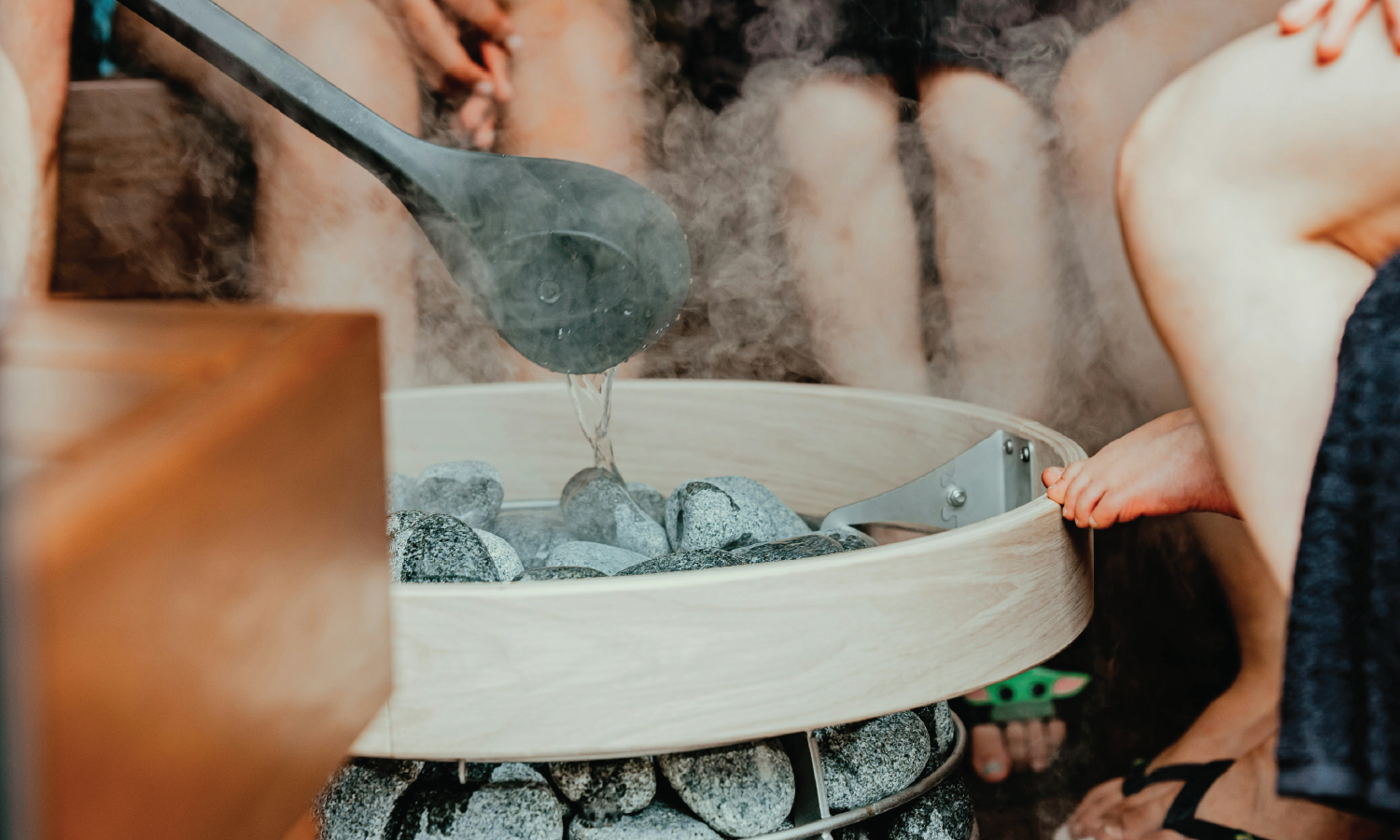How Long, How Often, and When Should I Use a Sauna or Ice Bath?
Over our last few posts we’ve explored how our body responds to heat and cold, as well as the key factors that stimulate that response. Hopefully you find how adaptable our bodies are as fascinating as we do.
We’ll revisit some of these ideas in more detail in later posts, as well as exploring the various benefits of tools like saunas and ice baths.
We’re also hoping these posts have made you interested enough to either give heat and cold therapy a try, or return to it and experiment with some of these new ideas.
In light of that, in this post we’re going to explore some practical protocols to help make your efforts as effective as possible.
Sauna
To maximise the benefits of your sauna use, try to get around 57 minutes of heat exposure a week in total, made up of several sessions of 10-15 minutes each.
It’s also vitally important to stay hydrated when engaging in heat therapy. We’ve mentioned previously that the appropriate level of heat exposure is unique to you and your context. To compound that, so is your sweat rate, so it’s difficult to recommend a specific volume of liquid to consume.
However if you want to get specific, you can take a leaf out of the elite sport playbook and weigh yourself before and after your sauna. This should give you an accurate idea of how much sweat you need to replace.
Ice Bath
To maximise the benefits of your ice bath use, try to get around 11 minutes of cold exposure a week in total, made up of several sessions of 1-2 minutes each.
We’ll explore why we don’t need as much cold exposure as we do for heat in a later post.
Morning or Afternoon?
The direct benefits of your heat and cold sessions are unlikely to be affected by timing. But you can help maximise your overall health by ensuring that each of the elements that contribute to it are working together.
We mentioned in a previous post that we experience minor, consistent fluctuations in our body temperature throughout our day. This is part of our body’s circadian rhythm.
Practically, our bodies reach their minimum temperature towards the end of our sleep, a couple of hours before we wake. Our body temperature then steadily increases to a maximum in the late afternoon, around 4-5pm, before steadily declining again through the night.
We know our body’s response to hot or cold exposure is to lose or generate heat respectively. But we do this so effectively that when we remove the exposure we actually see a slight overshoot in our core temperature.
As a result, doing cold exposure during our warming phase in the morning/early afternoon aids that warming process. And doing heat exposure during our cooling phase in the evening aids that cooling process too.
By matching our sauna and ice bath use to our natural temperature progressions, we can support both our alertness during the day, and the quality and quantity of our sleep at night.
Have you ever tried cold therapy in the morning and/or heat therapy at night? What has been your experience with the outcomes?
We hope you’re finding some value in the information in these posts. But if there’s anything you think we’ve missed, or any ideas here that you want us to expand on, please let us know - we’d love to hear from you.



